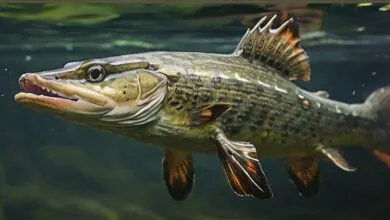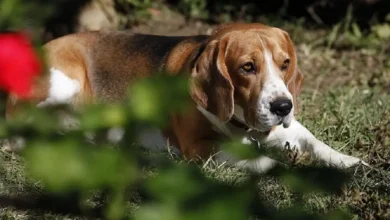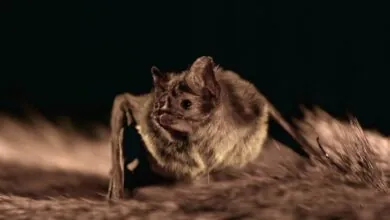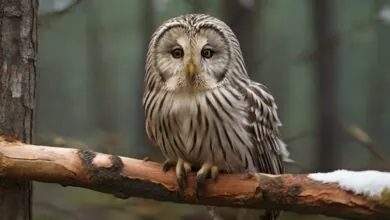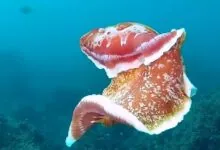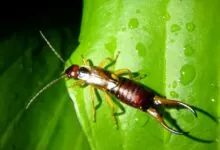Akita Royalty: Unveiling Loyalty and Powerful Presence!
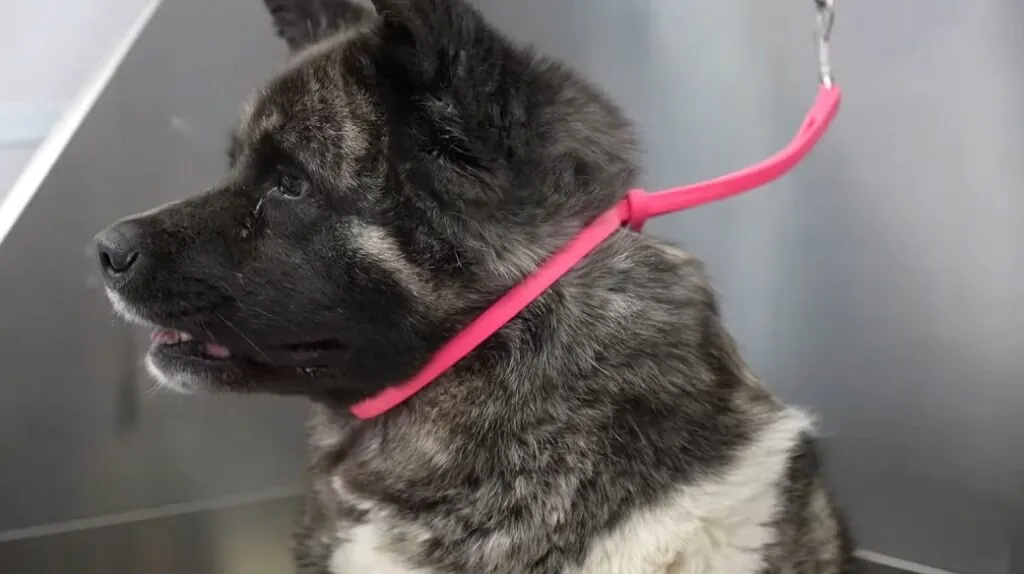
Akita is a royal and faithful breed of dogs that has captured the hearts of many dog enthusiasts around the world just like me. It is a large sized breed of dogs with height 24 – 28 inches and weight 70 – 130 pounds. They are best known for their strength, courage, and unwavering loyalty, mostly found in the northern Japan. With the double coat against harsh climates, their physical features are very distinguishing and attractive.
They are bred for various purposes, such as hunting large game, guarding homes and communities, and serving as loyal companions to their human counterparts. The best feature for which they are known is their loyalty and devotion to their families. They form deep bonds and possess a strong protective instinct, making them excellent guardians and companions. They are very gentle with children when properly socialized and can coexist peacefully with other pets in the household.
| Kingdom | Phylum | Class | Order | Genus | Family | Scientific Name |
| Animalia | Chordata | Mammalia | Carnivora | Canis | Canidae | Canis lupus familiaris |
Origin and Evolution
Akita ken dog has been a symbol of excellence, loyalty and strength from the time of its emergence in 17th century. It originated as a guarding and hunting dog from the mountainous areas of northern Japan. Its ancestors are believed to be ancient Japanese dogs called matagi-ken. Its cross-breeding resulted in a larger and more robust dog, known as the Akita Inu.
Its look is much similar to that of a fox with a thick fur, webbed toes and curved tail. In 1931, it was declared a natural monument in Japan, preserving its heritage and ensuring its protection. American Akita was recognized in United States in 1940 with a little improved features than Japanese Akita Inu. Currently it is the blend of its original breed with many advanced characteristics (adopted over time due to cross-breeding).
Distribution
After gaining popularity in many countries, this fascinating breed of dog is found worldwide. Although, it originated in Japan, yet it has been exported to other countries which caused its distribution on an international scale. Its popularity as a family companion, guard dog, and show dog has contributed to its presence in different parts of the world.
Geography
The geographical distribution of this dog breed is not confined to any specific continent, because they are found in various countries like Japan, United States, Canada, United Kingdom, Australia, Germany, etc. Moreover, they can adjust in different climates, environments, and cultures. Being originated in Japan, Japanese still call them by their common names including Akita Inu or Akita Ken.
| Continents | Asia, North and south America, Europe, Oceania, Africa |
| Subcontinents | Eastern Asia, North America, Europe, Australia |
| Countries | Japan, United States, United Kingdom, Canada, Germany, Australia, New Zealand |
| Bio-geographical Realms | Palearctic, Nearctic, Australasia |
| Biome | Temperate Forest, Boreal Forest |
| Climate Zones | Humid Continental, Oceanic, Humid, Subarctic, Continental, Mediterranean |
Population
Population of this dog breed is different in diverse regions and countries depending upon climate and environment. Since the exact population number is tough to declare yet it is believed that they have a moderate population size.
Population Number
Although, they are well-known across the world, their population in their original country, Japan, is relatively stable. Their population number in Japan is protected to preserve the breed’s integrity. Other than japan, this dog breed is well-known is several countries, for example in America, the Akita’s population is substantial, and the breed is recognized by the American Kennel Club (AKC).
Ecological Niche
The Akita’s ecological niche is usually linked to its role as a working dog. However, it has no specific ecological niche because it is mostly domesticated in both rural and urban areas. They serve as protective family mates and guarding dog in urban areas, whereas rural areas provide them plenty of space where they can roam freely or patrol their territory. The matagi-ken had a niche as hunting dogs, whereas the currently domesticated dog breed has a niche as a devoted companion for guarding its family.
Habitat
Although akita Inus have various habitats, they rely only on those habitats having sufficient space, availability of water and moderate climate. They can easily thrive in cold regions as they have double coated skin, protecting them against harsh environments. They appreciate a comfortable living space indoors, as they are known for their loyalty and desire to be close to their human companions.
From their ancestors, they have been serving as hunting dogs, so they love to live with their owners. With proper exercise, mental stimulation, and a loving environment, they can flourish in a variety of habitats, as long as they receive the care and attention they need.
Appearance

This lovely dog breed is basically a Spitz dog that has a body with heavy bones as compared to its height. It has face similar to bear, triangular and erect ears, small eyes, double coated skin, bushy and curved tail. Let’s explore more about its appearance!
Color
They are found in a variety of colors including brindle, white, red, and sesame. They often have stripes pattern in different colors on their body.
A few of them also have masks on their bodies in darker colorations around their eyes and sometimes extending to the muzzle. These vibrant colors and markings add to the overall allure of Akitas, making them a visually captivating breed that stands out in any setting.
Skin
They have thick skin which protects them from the harsh environments, making them able to live in both hot and cold climates. If you are still searching for a point to decide its domestication, it is necessary to know that they need balanced diet and proper mentoring to sustain healthy skin, as they are prone to certain skin conditions, like allergies or dermatitis, which should be promptly addressed by a veterinarian.
Physical Characteristics
This courageous and loyal Japanese dog has a lot of unique features, making it fully different from other dogs. Let’s have a look on its physical features:
| Color | Brown, Grey, Black, White |
| Skin Type | Thick, double coated skin with hair |
| Toes | Webbed toes |
| Coat Texture | Coarse, straight outer coat and soft undercoat |
| Eyesight | Intense sense of vision |
| Tail | Thick, curled over back |
| Ears | Small, erect, and triangular in shape |
| Nose Color | Typically black |
Anatomy
This breed of dogs is well-known for its impressive features and well-structured anatomy, contributing to their strength, agility, and overall appearance.
Reproduction and Life Cycles
On average, the female akitas give birth to 7 or 8 puppies but the litter size can range from 3 to 12. Females experience heat cycle or estrus (during which mating can occur) for the duration of 3 weeks at the age of 6 months to 1 year, exhibiting changes in their behavior and some physical changes.
It is necessary for their well-being to provide them a healthy diet, routine check-ups and proper exercising. The dog is an icon of loyalty in Japan, but if you’re curious about a mix of two classic breeds, check out beagle basset hound mix.
Mating Habits
Most of these dogs reach sexual maturity at the age of 6 months to about 2 years. For females, heat cycle continues for 3 weeks, occurring twice a year. This is the period during which mating occurs. After it, 4 to 7 puppies take birth after the gestation period of 63 days.
| Mating system | Monoestrous |
| Sexual maturity age | 6 to 12 months |
| Reproductive season | Twice a year |
| Gestation period | 58 to 63 days |
| Newborn | Varies between 4 and 7 |
| Period to be independent | 8 to 12 weeks |
| Female partner name | Depends upon owner’s choice |
| Male partner name | Depends upon owner’s choice |
| Newborn name | Depends upon owner’s choice |
Lifestyle
The Akitas are known for their intelligence, competitiveness, fearlessness, and loyalty, making them excellent guards for a territory. For animal lovers like me, their living habits are particularly remarkable, as they are considered one of the most affectionate pets in the world.
When it comes to interacting with strangers, Akitas tend to be calm and reserved, as they take time to establish trust with outsiders. However, they can easily become bored and have a low tolerance for monotony. While they may display a limited tolerance for other dogs, they have a strong affinity for children.
Their eating habits are delightful, as they are observed to clean their faces after meals. Additionally, they thoroughly enjoy participating in a wide range of competitions, including obedience trials, conformation shows, agility contests, weight pulling, hunting, tracking, and more. This breed has proven to excel in almost every competition it engages in.
Diet and Prey
Since Akitas are carnivorous, their diet mainly consists of meat, however, in domestic cases, their diet is dog food mostly. This breed of dogs was initially bred with a diet of fresh rice, vegetables and fish. They love to eat high-quality dry dog food, meat, fish, fruits (apples, carrots, blueberries, and sweet potatoes), and vegetables.
Other foods compatible with their diet include green beans, cabbage, venison, pork and potato. Although, meat is their favorite food yet they should never be fed with horse meat, corn or beef. In case of prey, they hunt and prey upon various animals in wild. Some of their potential prey include:
Predators, Threats and Conservation
Although there are no natural predators of these dogs (especially when they are domesticated), yet there are a few threats to their existence, which need to be discussed and solved.
- Mostly, it is observed that they are not well and easy with other dogs. In such cases, their fight with those animals results in some injury.
- They usually suffer from various illnesses including dysplasia, progressive retinal atrophy, autoimmune disorders, and thyroid issues.
- Adequate shelter is necessary for their well-being as in many cases, it is seen that they got heart stroke in hot weather and frostbite in cold.
Since they are not facing any kind of threat and enjoy their short life which mostly spends in domestication, so there is nothing to get worried about their conservation. However, it is necessary to maintain their breed health to preserve their unique characteristics. Let’s have a look on these points:
Defense Strategies
Due to their protective and courageous nature, akitas possess several defense strategies that they employ when they notice a threat or need to protect themselves. Here are some defense strategies:
Domestication and Care

Akitas are lovely breeds of dog which are well-known for their loyalty and independent nature. They have been proven them as excellent guards and companions. Being inspired by the attractive characteristics of this dog breed, every pet lover wants to domesticate them, however, new dog owners are not advised to domesticate them. In order to domesticate them, it is necessary to consider a few aspects:
Common Health Issues
Although they are considered as very active and healthy dog breed, yet they have some common health issues including, progressive retinal atrophy, hypothyroidism, hair loss, and hip dysplasia.
Other health issues include:
In order to domesticate them, it is necessary to know about their common diseases and their treatments. Owner must manage consistent veterinary check-ups, balanced diet, regular exercise and vaccinations for their good health.
Temperament
They are very courageous, loyal and reserved dogs with strong temperament. They are very aloof in front of strangers and other dogs (even of same breed). This quality proves them as best guarding dogs. Other than this, due to their protective temperament, they are very frank with their owners and children.
However, it is necessary for owners to train them how to be social from their young age. They should be introduced with other pets to make them frank with them. It will improve their social activities as well as health. For more insights about Akitas, their breed characteristics and care on the American Kennel Club (AKC).
Best Ways to Take Care of Akita
This is one of the high-maintenance breed which definitely needs time and proper attention. For owners, following are the points that will help them to take care of their new-adopted puppies.
Best Dog Foods for Akita
Since this dog breed is very prone to various health problems, it is necessary for owners to choose a dog food that supports their dogs’ health and a long lifespan.
It is best to consult with your veterinarian to determine the specific dietary needs of your pet and make any necessary adjustments based on their age, activity level, and overall health.
Relationship with Humans
From their ancestors, they have a deep-rooted bond with humans due to their loyalty, devotion, and a strong sense of companionship. They are very close to their owners and their family, especially kids. They are best considered as guard dogs as they protect their loved ones. They appreciate love, attention, and companionship, and thrive on positive interactions with their owners.
Their relationship with humans is based on the mutual respect, trust, and companionship. When given proper care, attention, and training, they can become incredibly loyal, loving, and protective members of the family, making them cherished companions for those who appreciate their unique qualities.
The Rundown and Fun Facts
Since akitas are not classified as wild animals, so their exact population is not known. People love to domesticate them as guarding dogs. Other than its common names like Akita Inu and Akita ken, they are well-known by so many popular names by their owners. A few of them are as follows:
| Male Names | Female Names |
| Hiro | Amaterasu |
| Kin | Chouko |
| Nori | Kimi |
| Sora | Megumi |
| Michi | Haruka |
Yet the choice is completely yours, you can give any name to your pet. Here are some fun facts about them that will help you to know more about their qualities and features.
| Common Name | Akita |
| Other Names | Akita Inu, Akita Ken, Great Japanese Dog, Kuma Inu |
| Number of Species | 1 |
| Population size | Unknown |
| Lifespan | 10 to 15 years |
| Weight | 70 – 130 pounds |
| Height | 28 inches for males, 26 inches for females |
| Diet | Omnivore |
| Bite force | Very strong |
| Most distinctive feature | Large, powerful build and bear-like head, upward curving tail |
